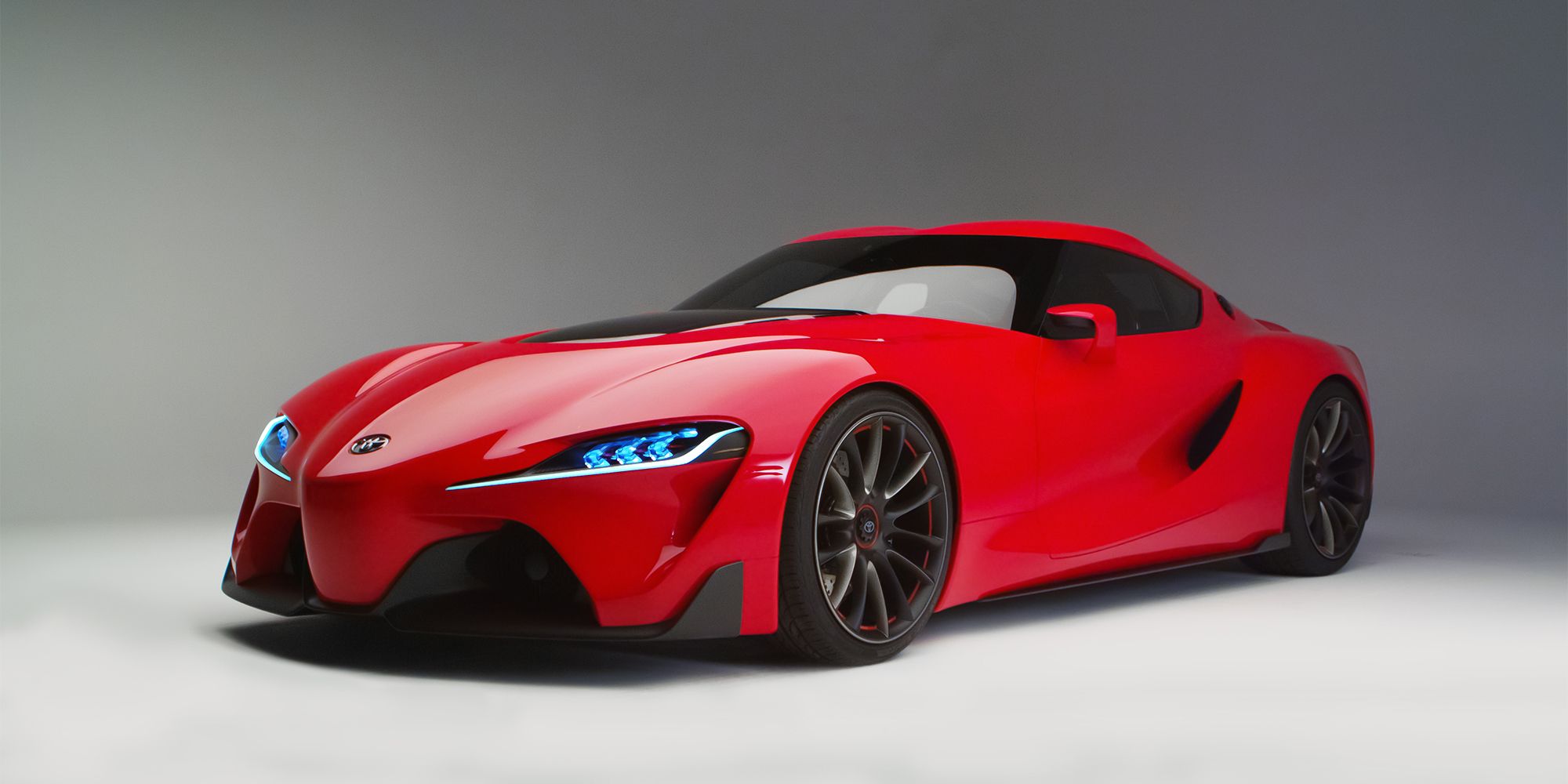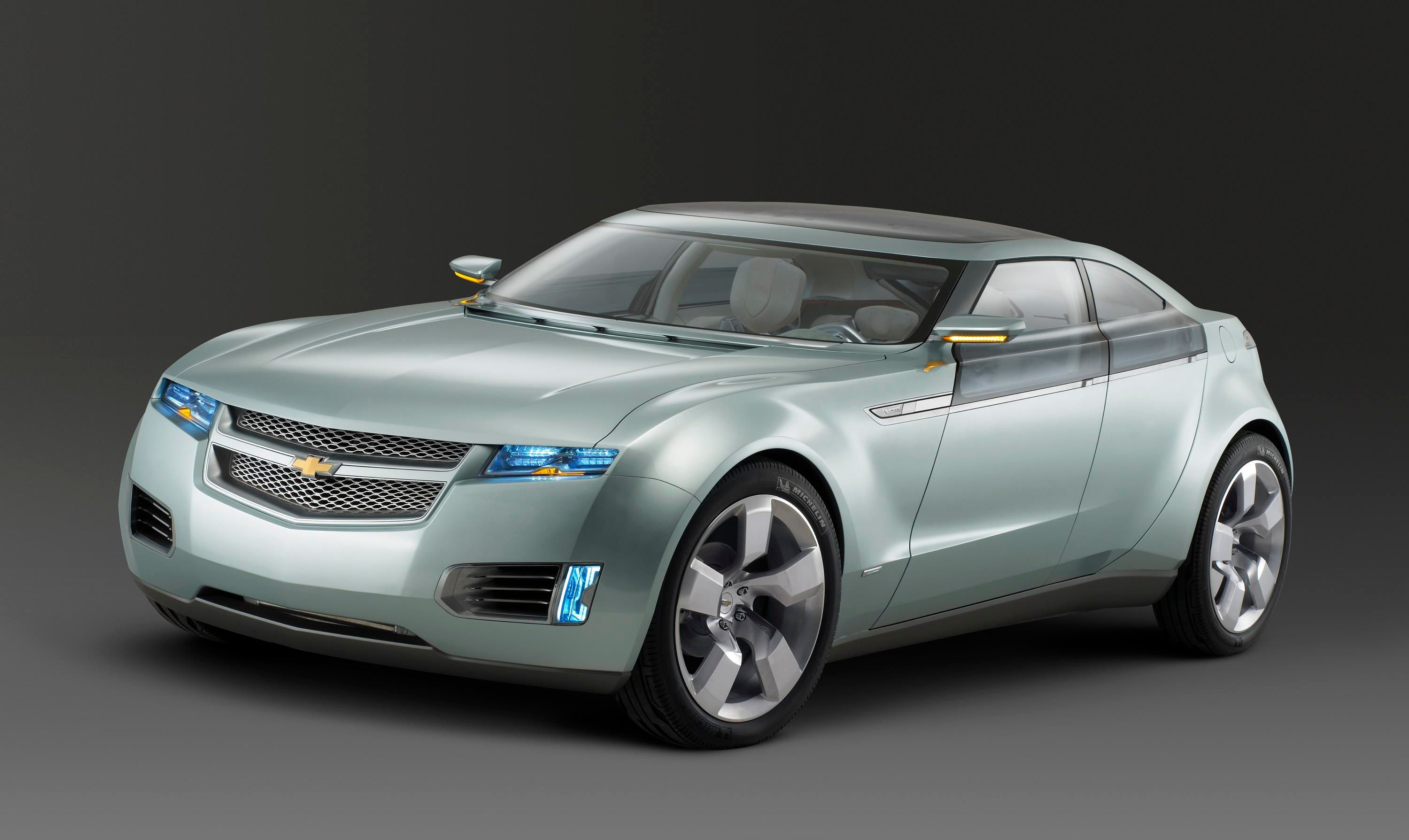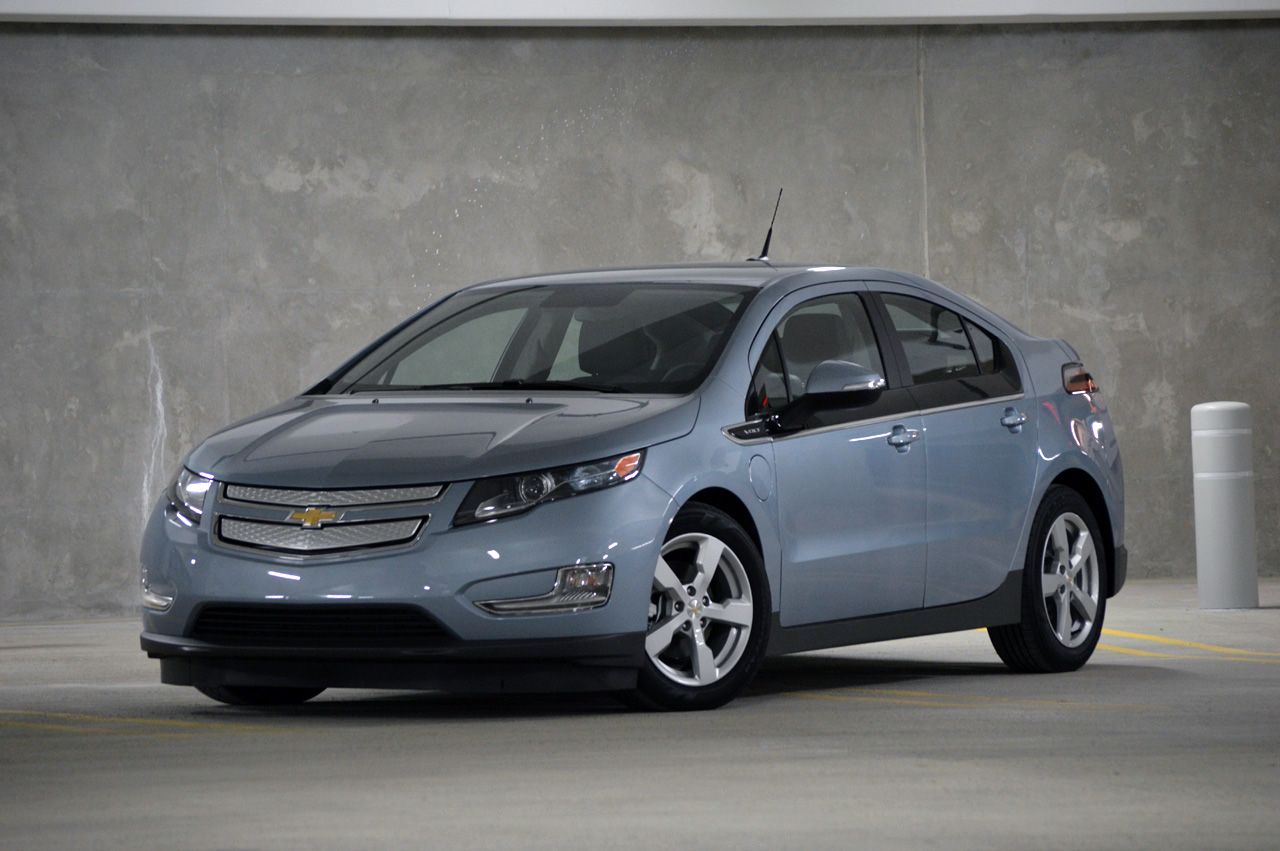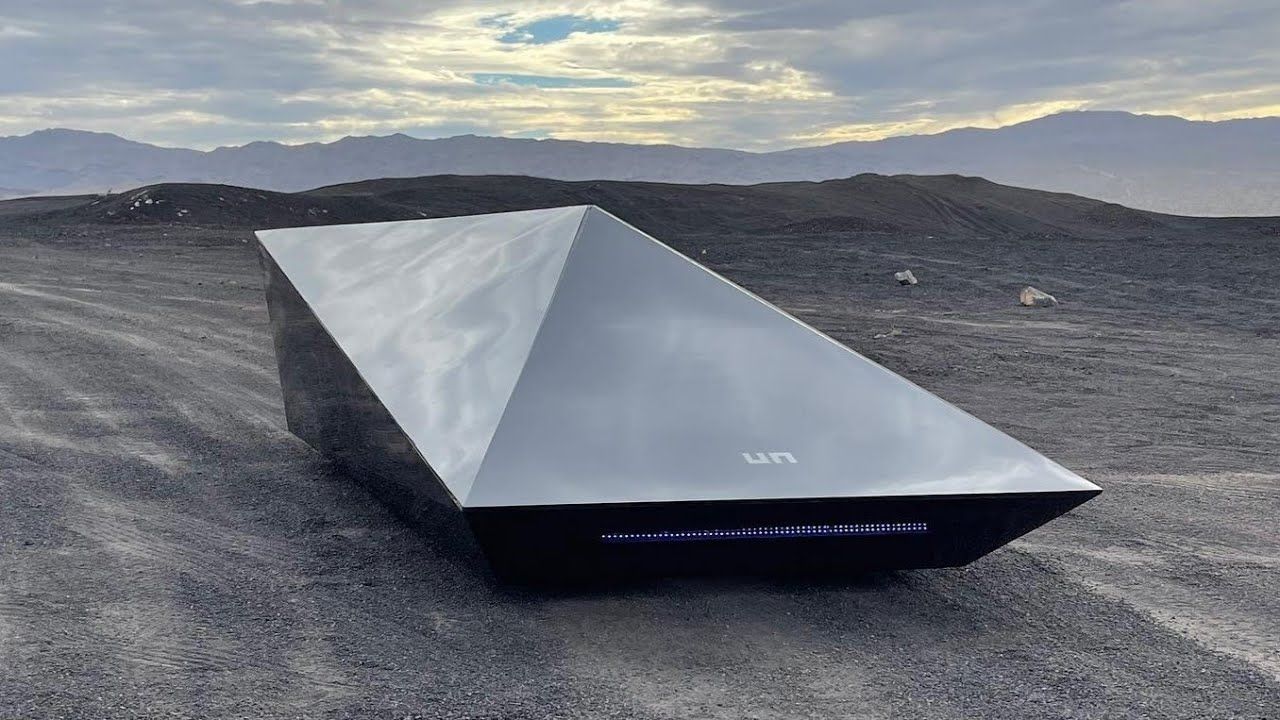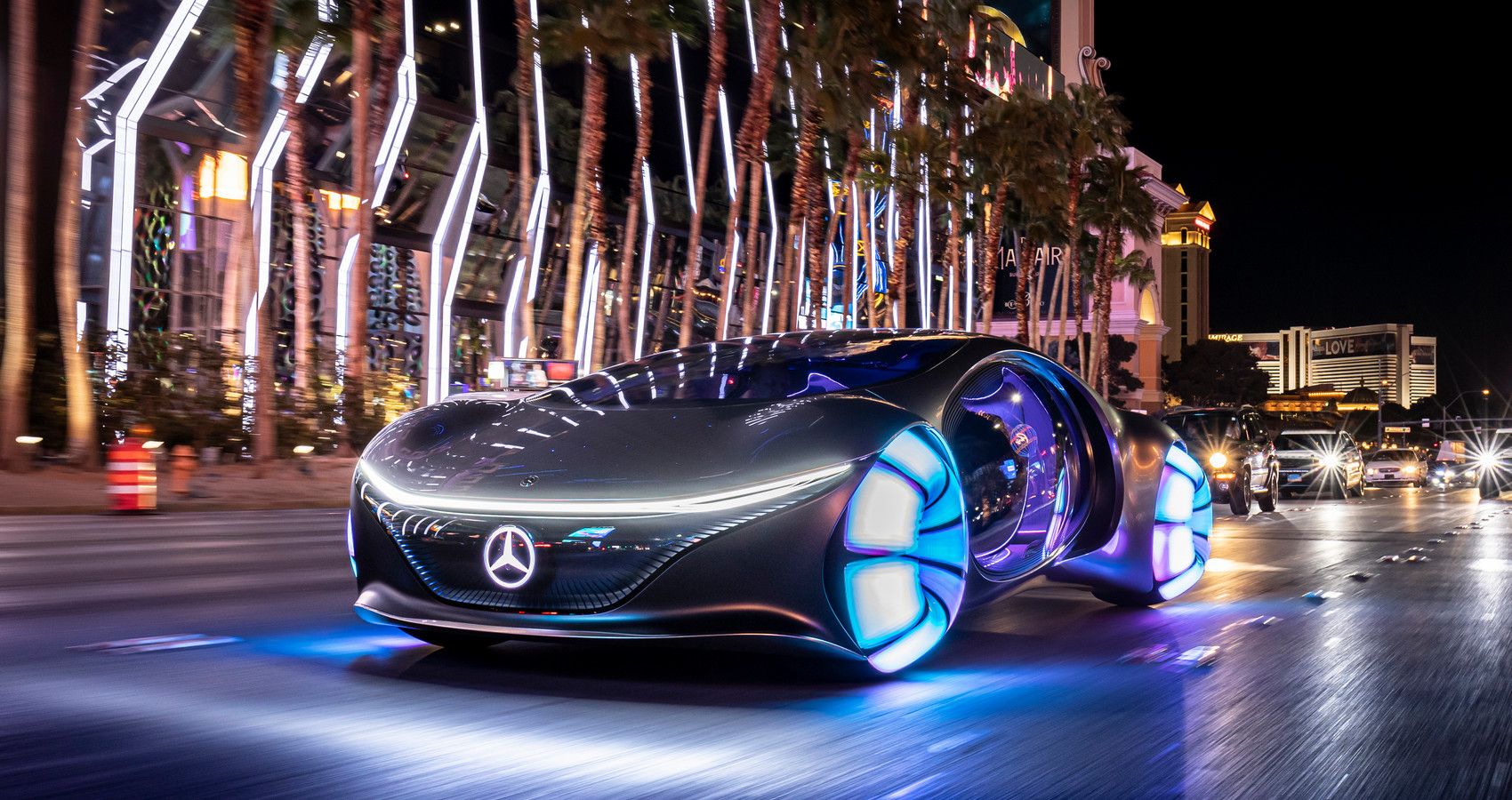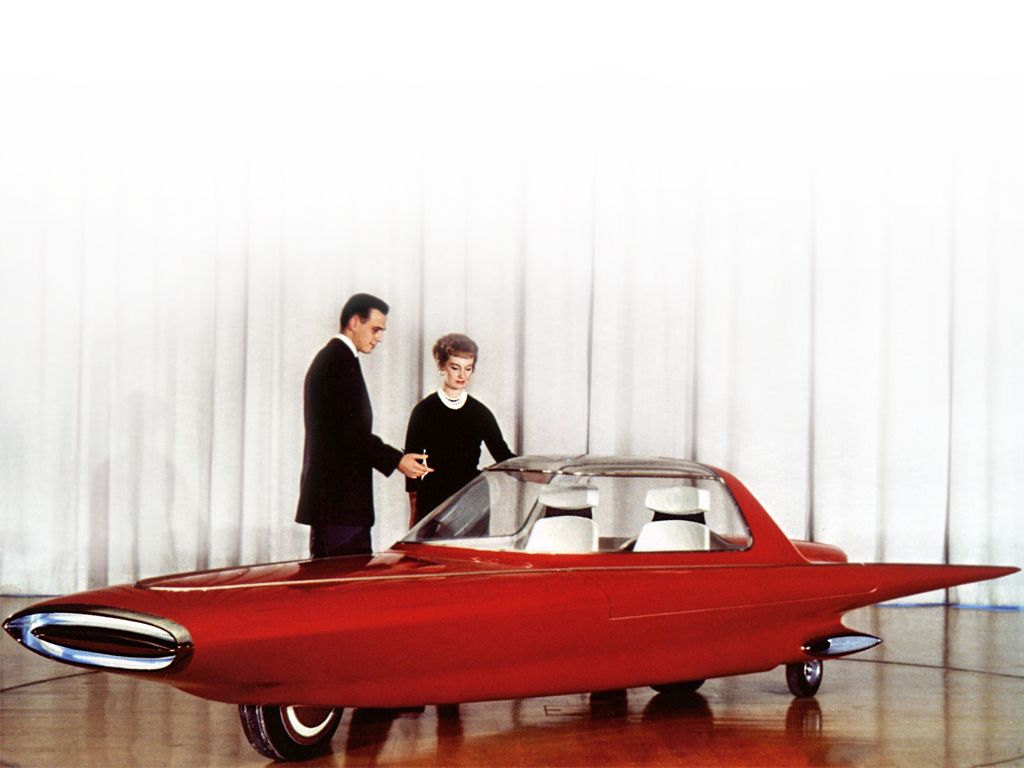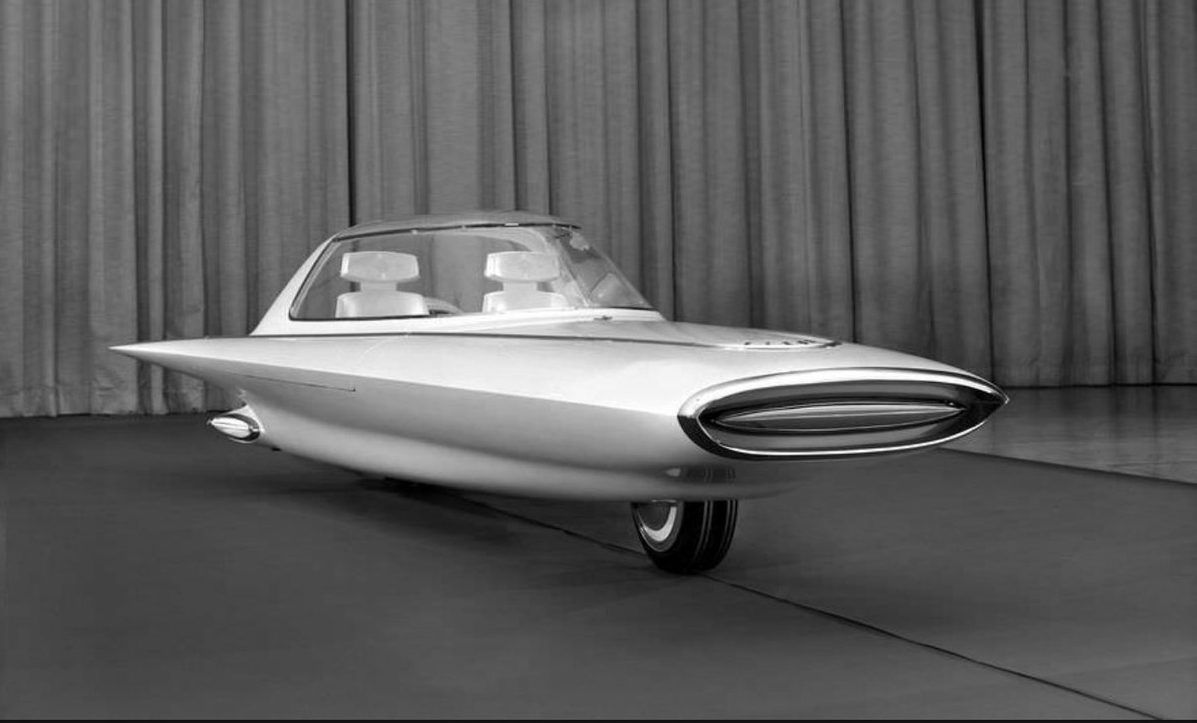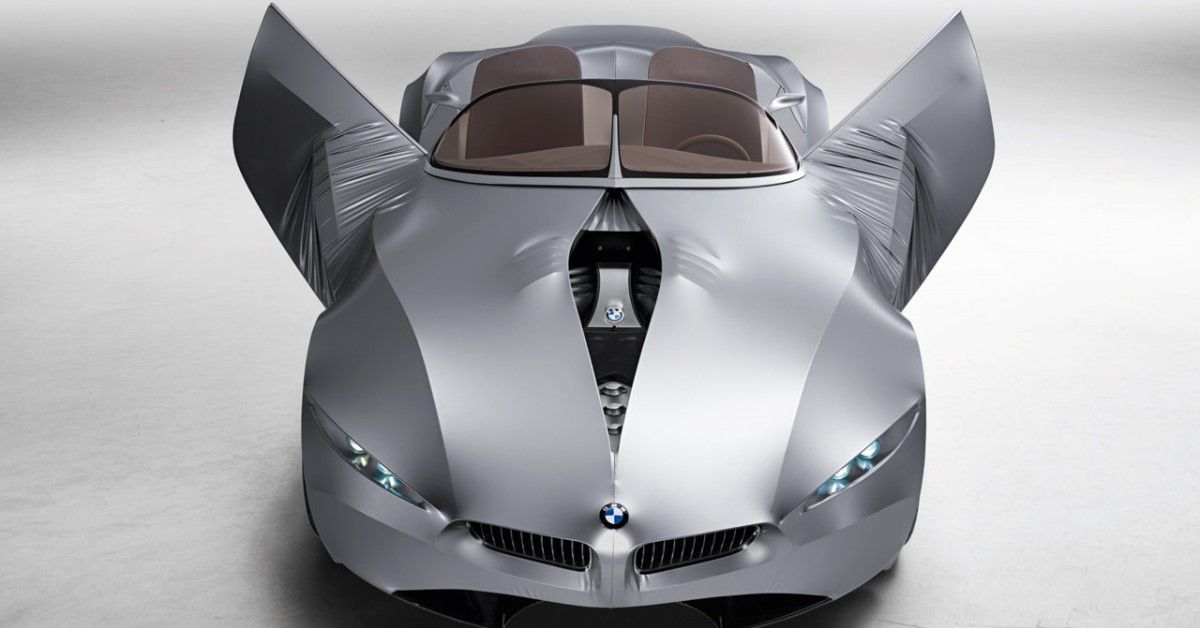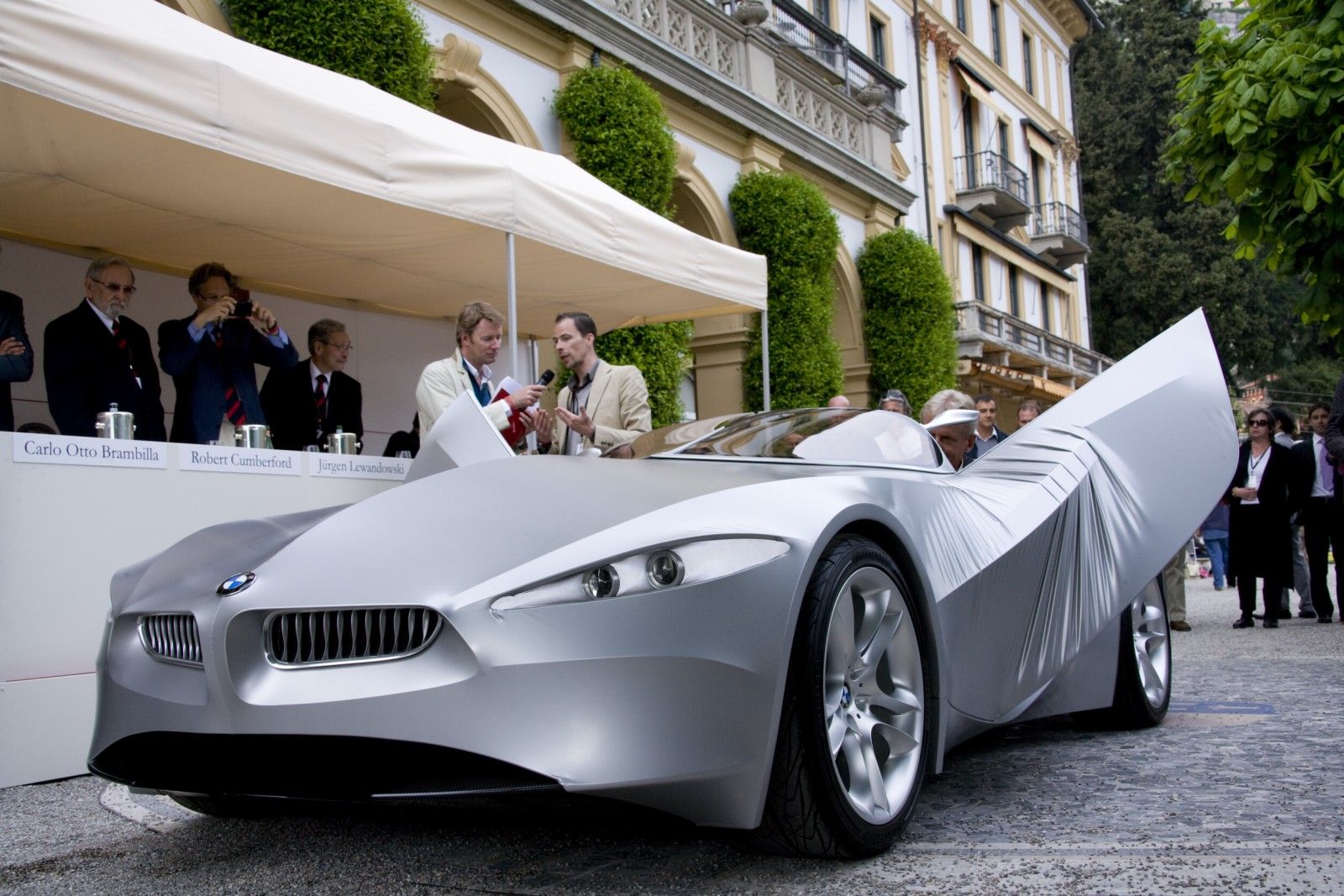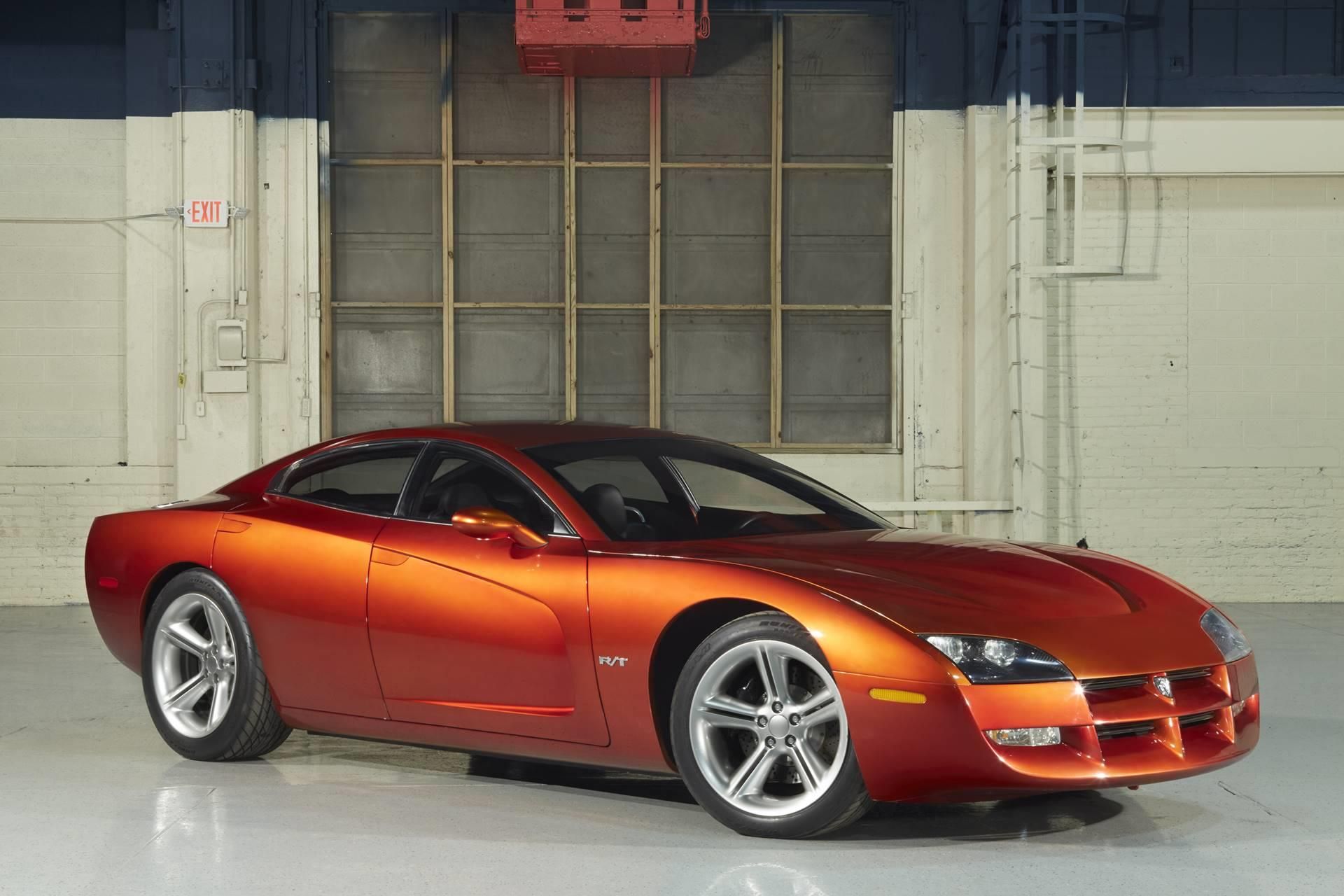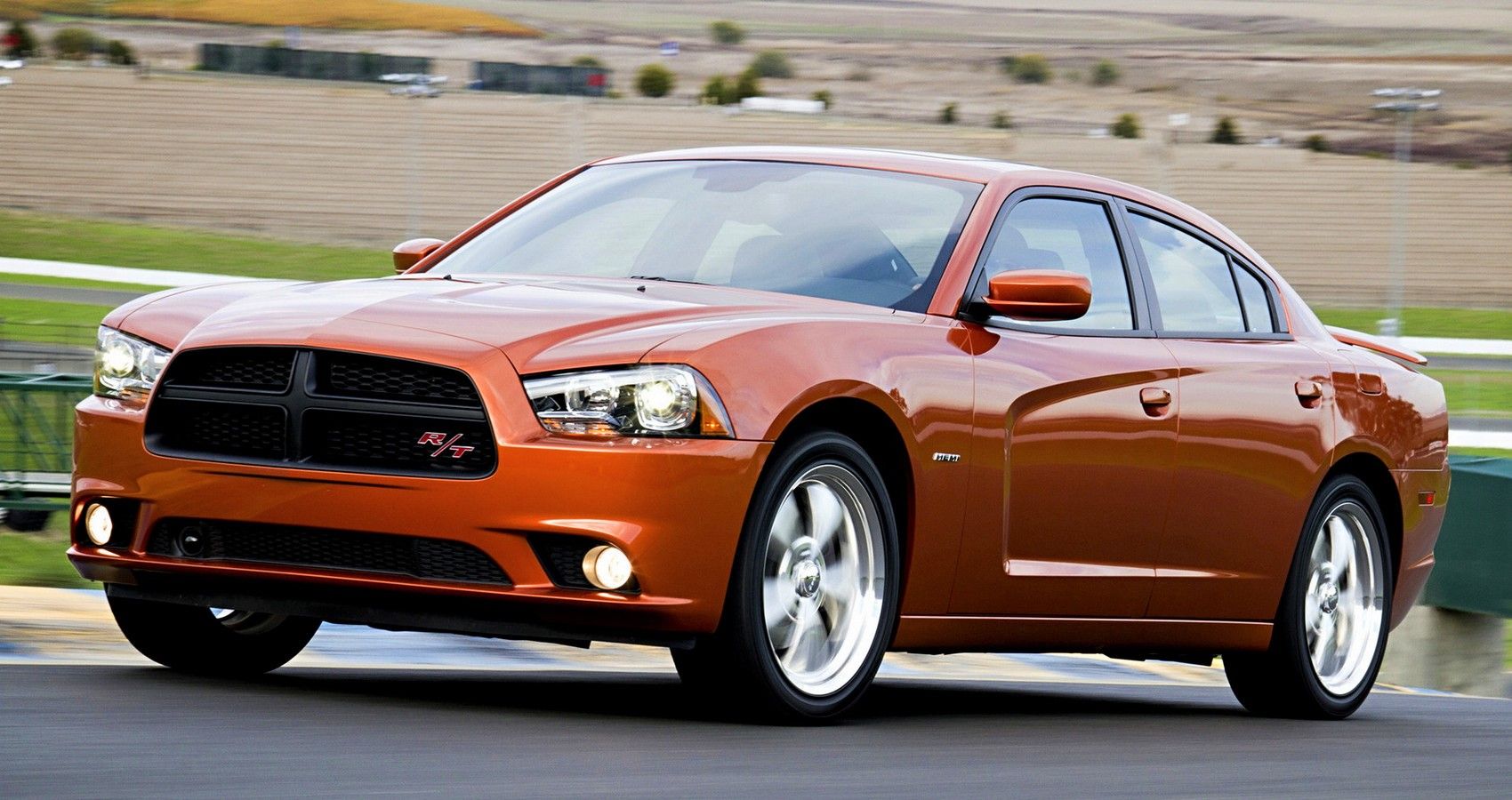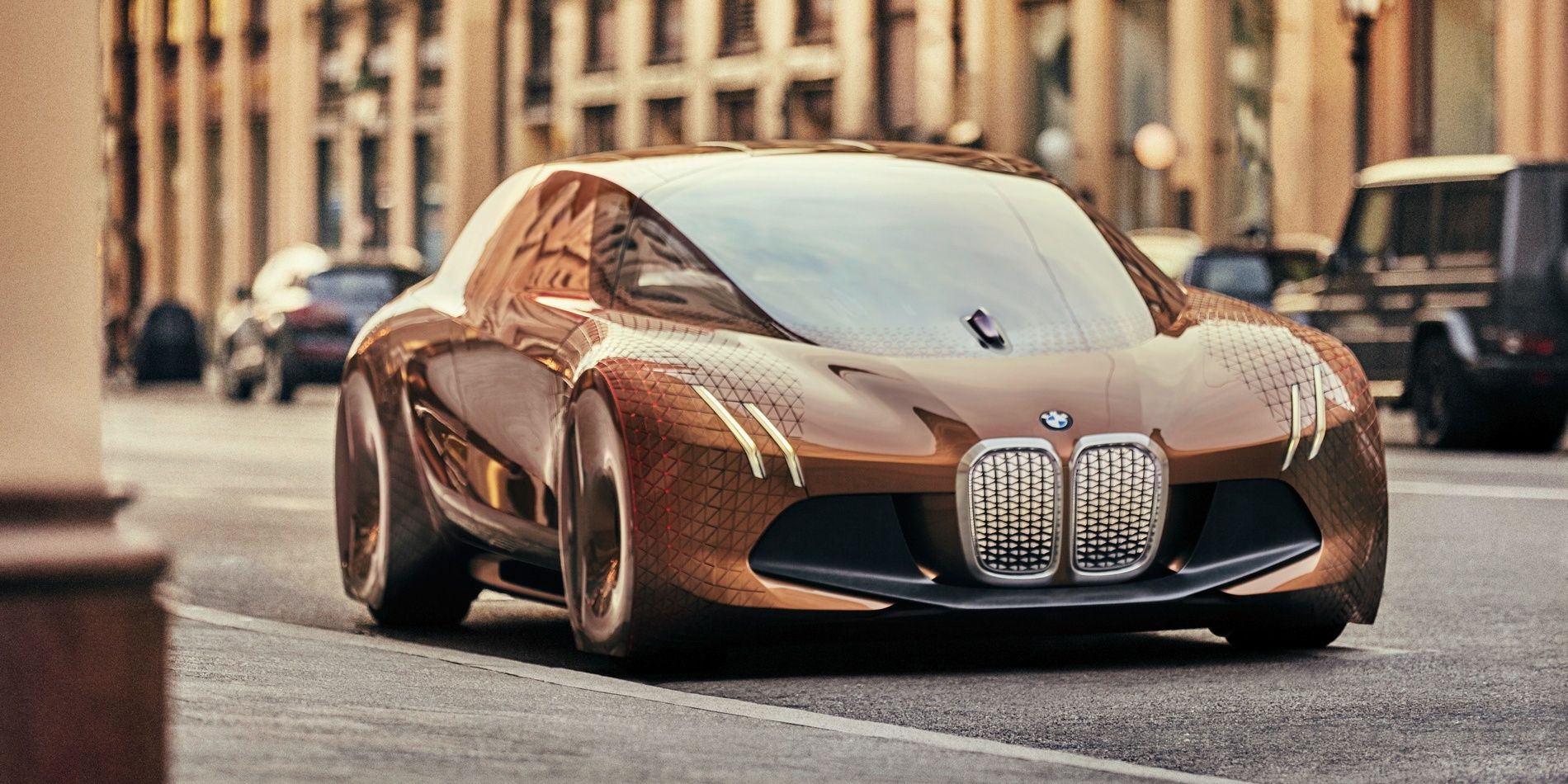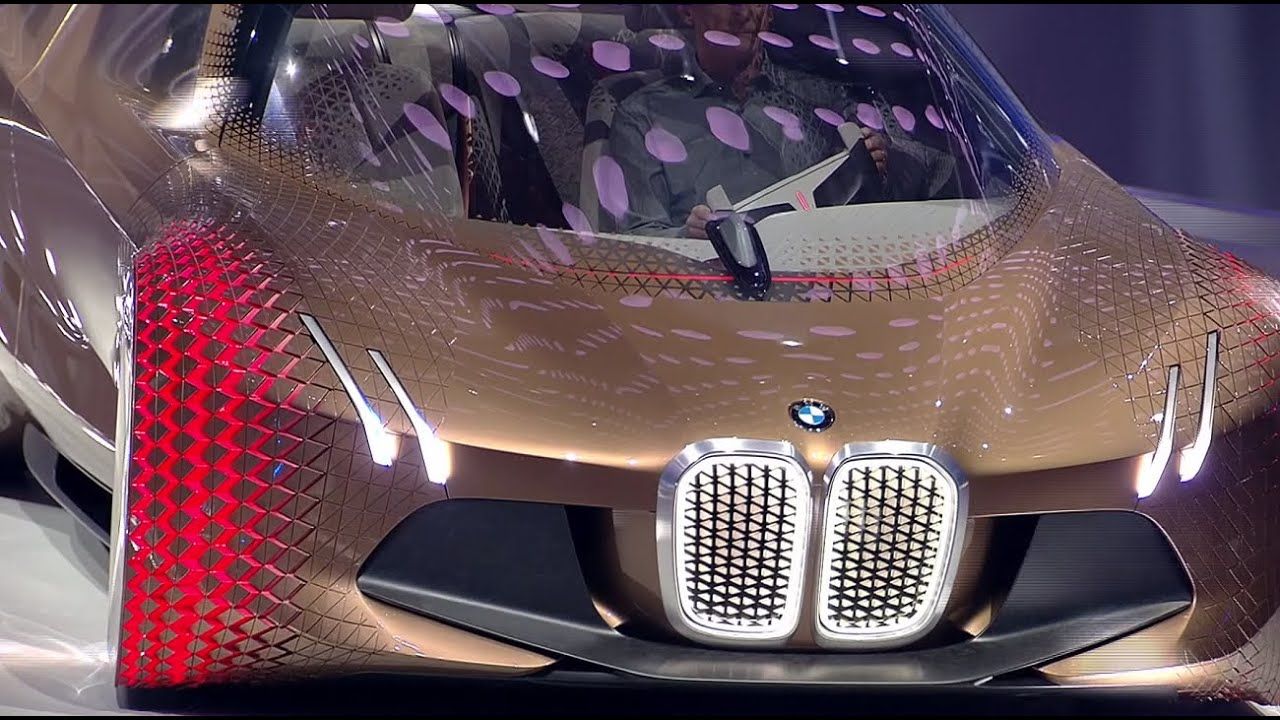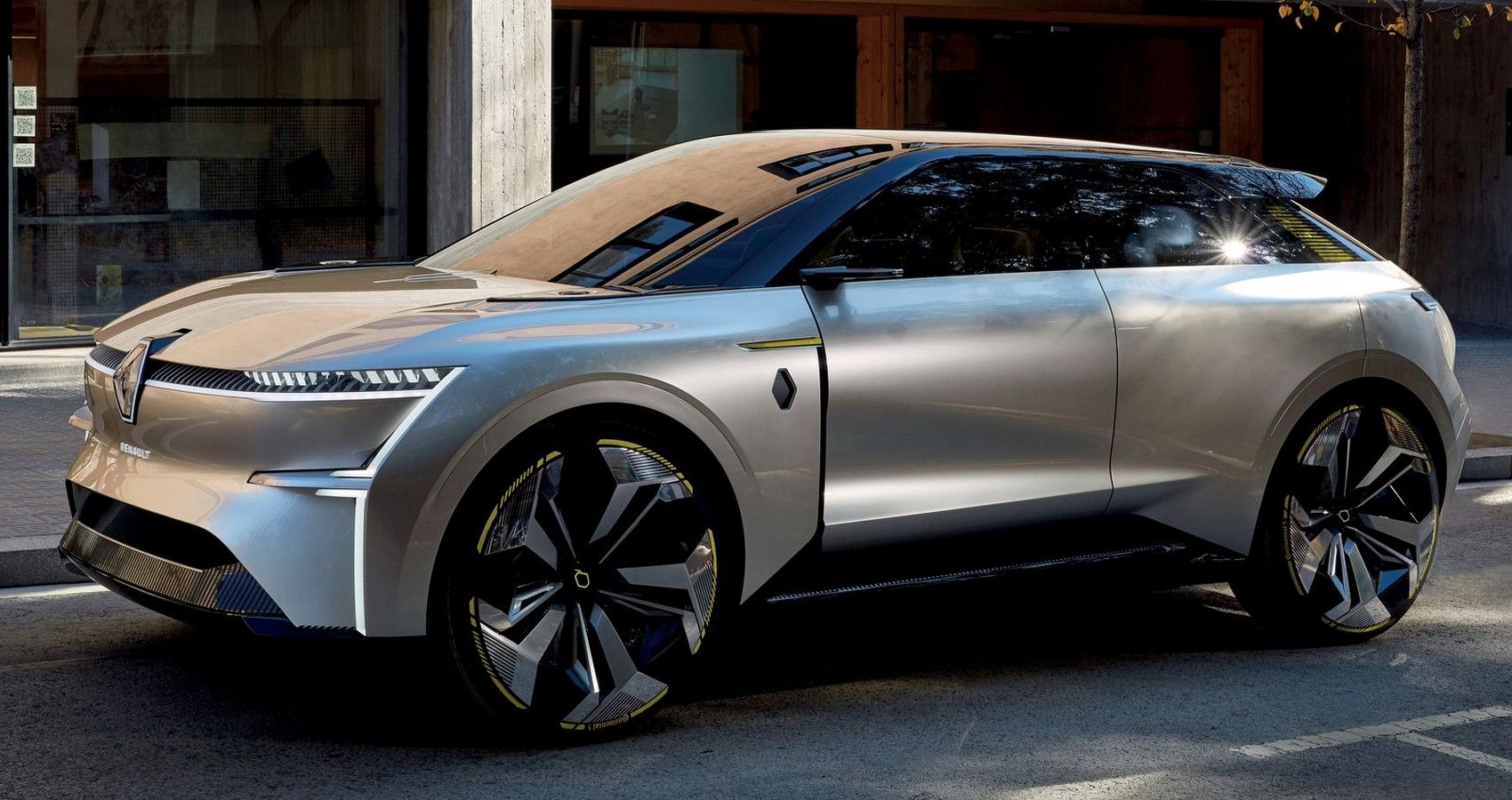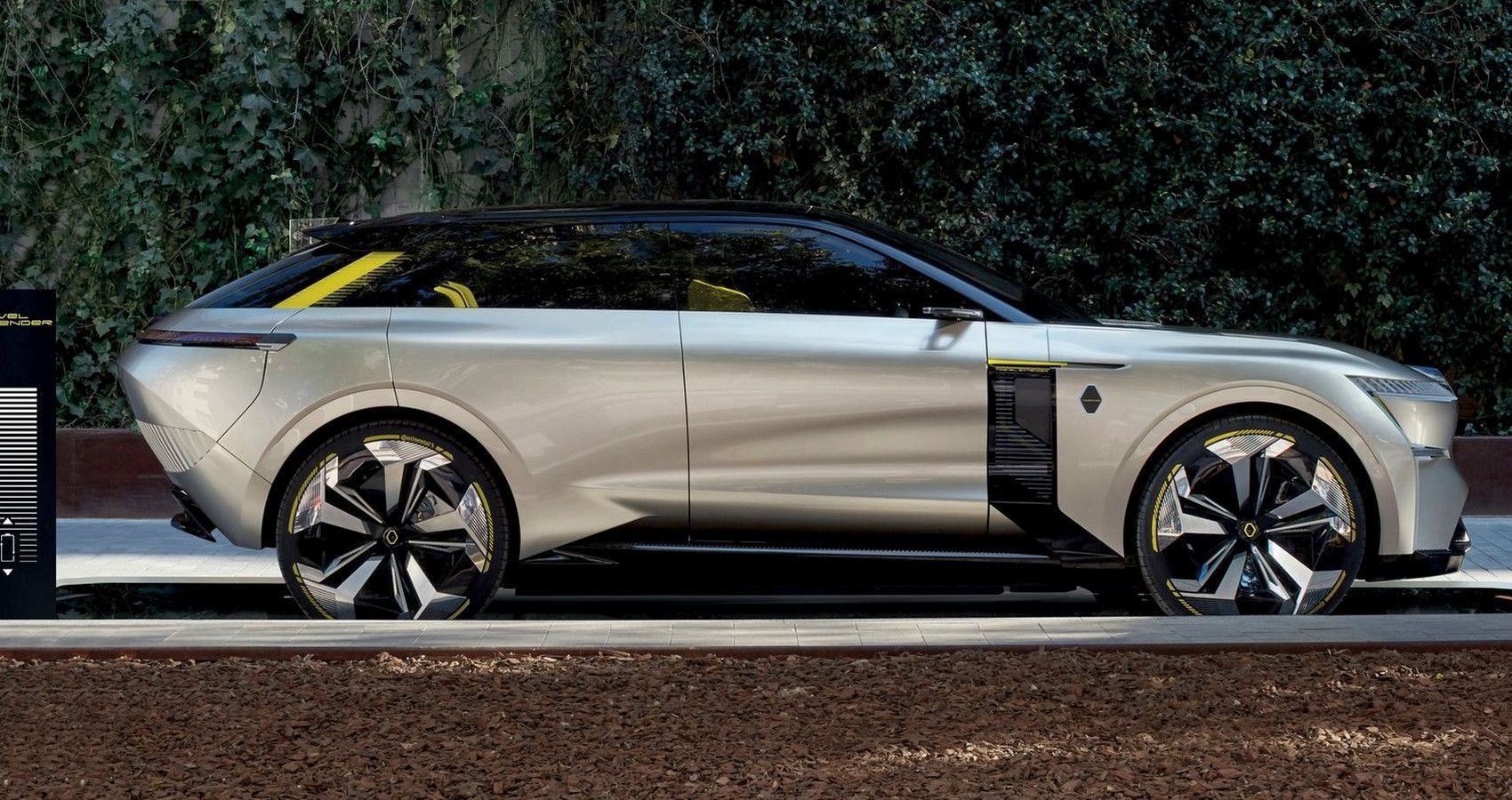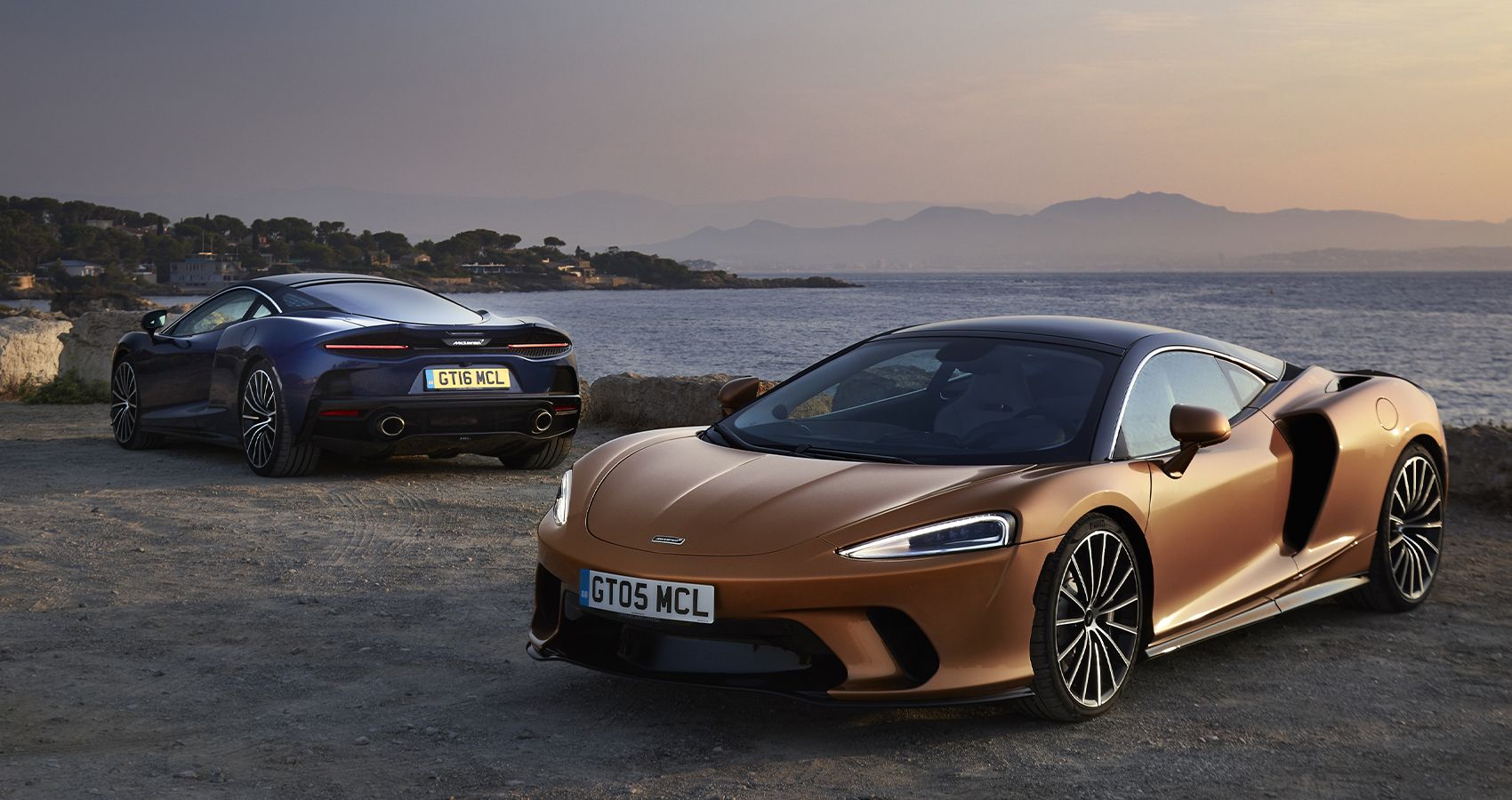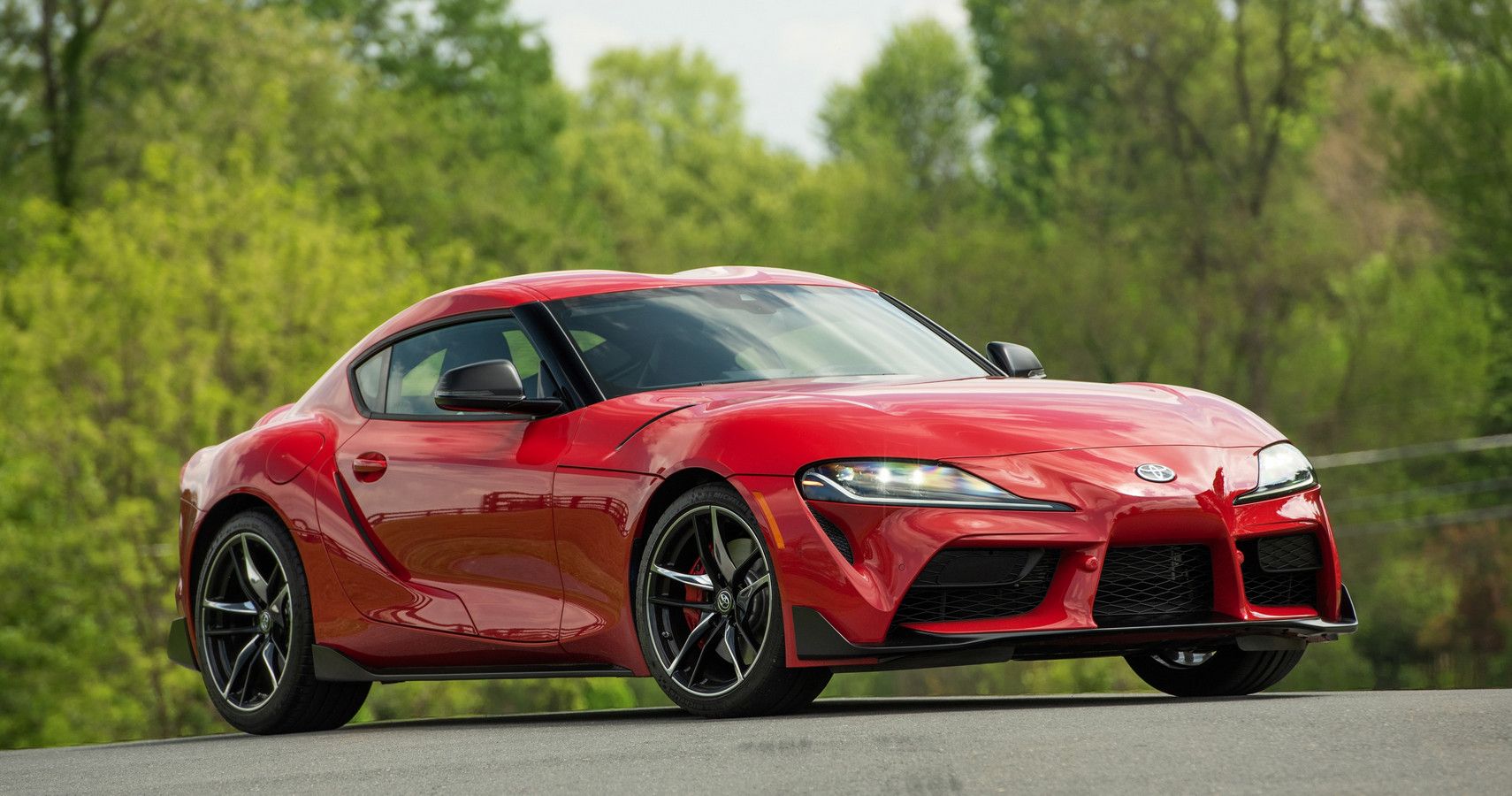Once in a blue moon, car manufacturers obtain the privilege to stretch out their creative legs by creating some truly flamboyant vehicles that feature groundbreaking technological advancements and look like something you've never seen before, and they call them concept cars.
Some production cars don't stray too far from their concept versions like the Peugeot RCZ or Alfa Romeo 4C, while some others end up looking like they switched up some files somewhere along the lines.
Unfortunately, a lot of features that were on concept cars aren't seen on the production versions because of either cost that needed to be cut, impracticality, or just plain legal requirements. Here is our list of features on concept cars we wish actually made it to the factory floor.
10 Chevrolet Volt's Camaro Looks
Yes, this might look like a futuristic Camaro-saloon prototype, but it was Chevy's concept model of the Volt, and we think it looked absolutely phenomenal. The Volt seemed like it would be a type of performance 4-door sedan and probably have an electric motor, but the end product looked nothing like its concept whatsoever.
Devastatingly, the Volt that once looked like a brutal futuristic EV muscle car turned out to be a hybrid plug-in sedan with MUCH more bland looks and did not even resemble the Camaro, unless you consider a crumpled up one to count.
9 The United Nude Lo-Res Car's Reflection
This mirror-like wedged spaceship was created by the footwear brand, United Nude, and was inspired by the original Lamborghini Countach, and we guess if you squint hard enough you can see the resemblance (hence the name is short for low resolution).
With just a few light bars around the edges, 12 tinted clear polycarbonate panels, a 5-kilowatt electric motor, and a cockpit with just 2 seats, the Lo-Res Car is definitely much more of a show-er than a go-er. Above all of the promotional vehicle's unique attributes, the reflective exterior has to be the most noteworthy one looking like a floating Cybertruck infused with a monolith.
8 Mercedes Vision AVTR's start-up sequence
With huge mechanical leaps in the automotive world with brands like Audi and Hummer offering a all-wheel steering option or Tesla's pulverizing performance figures, some incredible ideas get lost in the dark. The German giant, Mercedes-Benz developed their concept car called the Vision AVTR, and it is beyond bonkers in every which way.
Their futuristic hypercar prototype has no steering wheel, operational metal scales on the rear window that makes it look like a metal dinosaur; can drive almost completely sideways, and the cherry on the cake is the start-up procedure. No key is needed whatsoever to start the Vision, as it recognizes the driver's heartbeat or breath upon entering.
7 Ford Gyron's Design
In the '60s auto manufacturers were really dauntless and made some outlandish concept cars while the Space Race was on everyone's mind. Brands wanted to one-up each other in every which way, so they tried to create a car that will be used in the far future and have a space-aged design. Ford fabricated the Gyron, which looks like a car the Jetsons would drive - and that was their exact mission.
Supporting the smooth aerodynamic bubble-head body of the Ford were just two wheels that were balanced by a gyroscope and had revolutionary tire pressure changing wheels that depended on the speed you were traveling at. We wish the Gyron could have made it into actual production.
6 BMW GINA's Skin
If Chris Bangle did not revolutionize BMW enough with his controversial designs with cars like the 5-, 6-, and 7-series, he left everyone's jaws on the floor with his everything-proof GINA. This BMW angular blimp-like sports car was covered in a plastic fabric developed by BMW themselves.
The elastic skin is waterproof, translucent, extremely durable, and can morph into different shapes due to the adjustable aluminum wire structure under the skin. The only downside of this BMW - and it is a rather big one - is the different pronunciations of GINA...
5 Dodge Charger's Everything
In the late '90s, Dodge showed off their new muscle-saloon's concept design and it carried the iconic Charger R/T title. It appeared as if Dodge's design team was obsessed with aerodynamics and wanted to make the 4-door Charger everything but boring. It had sharp edges and smooth body lines, no matter which angle you stared from, had a dual-center exhaust system, and flush door handles.
Spoiler alert: As American car makers do, they strayed away from the original design and opted out for something more bulky, bubbly, and boring. Sure, the Charger is not an unattractive car, but it could have been so much more.
4 BMW Vision Next 100's Active Geometry
Autonomous driving technology is soooo 2015 since too many car brands have adopted it into their line-up of new technologies, including BMW's Vision Next 100. Of course, BMW's system differs from brands like Mercedes-Benz or Tesla, but there is one rather unique feature that sets it apart from everything else on the road, and it's called Active Geometry.
An oversimplification of the process would be that these lava-like wheel arches expand or retract depending on the speed and turn-angle of the wheels. The flexible fenders will assist in reducing drag to decrease the overall energy consumption but will remain flush during straight-line cruising to maintain an optimal aerodynamic shape. The most noticeable change is when the car turns, the body moves in or out of the vehicle to stay in perfect sync with the wheels.
3 Renault Morphoz's Adjustable Length
Just after nailing the perfect parallel park, you come back and see some simpleton stopped almost right against you, so now leaving the spot seems near impossible, unless you have a car that can magically decrease its length in an instant... well Renault wanted to make your wish come true.
They called it the Morphoz, and it was a uber-luxurious SUV with a living room for an interior (made in an eco-friendly way by the way) that contains seats that can swivel to one another, and the most groundbreaking feature was its ability to alter its length on-demand by sucking in its front end and minimizing the size of its rear, or visa versa.
2 McLaren's Vibrating Windscreen
Most of the aforementioned features could be seen by the blind eye, but McLaren's take on experimental technology is aimed just towards the driver, and it makes windscreen wipers seem but useless. Inspired by fighter jets, the British auto manufacturer was planning on using high-frequency sound waves to create a type of shield that repels water, insects, and other substances from the windscreen.
Other than improving visibility, the absence of windscreen wipers will result in a more aerodynamic front end improving fuel efficiency and drag while decreasing the vehicle's overall curb weight to improve performance.
1 Toyota Supra's Size
Perfect, that is the one word to describe Toyota's concept of the FT-1. It was a low-slung sports car with a wide stance, functional and not overexaggerated vents, futuristic head- and taillights, and elongated size. It was rumored that the FT-1 would be Toyota's attempt at a new sports car, maybe even to be the successor of the MKIV Supra and to have a highly tunable feature to pay homage to the 2JZ-GTE. After almost 6 years of being in production, Toyota unveiled its final production version and it was indeed the 5th generation of the Supra.
Not only did it come with a BMW-derived inline-6 instead of a 3JZ-GTE, but it also lacked the perfect proportions of the FT-1 by being higher off the ground and much, much shorter, it was as almost it was squeezed together. The MKIV Supra was far from being a bad sports car, but it just did not reach our expectations.

